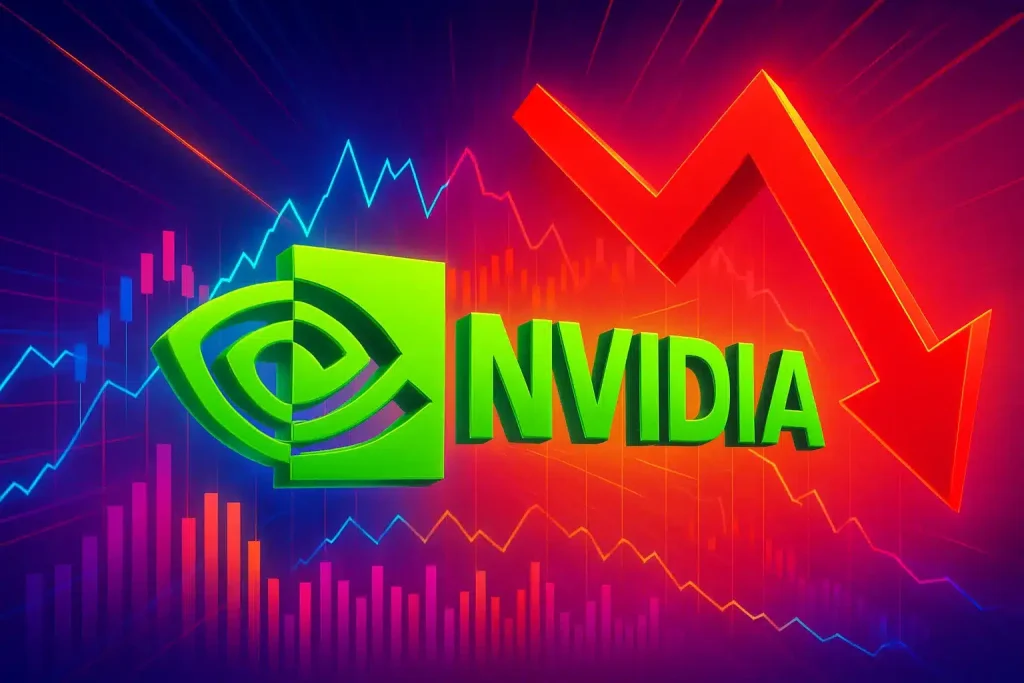

Nvidia and AMD stocks edged lower early Monday after reports that both companies agreed to give 15% of their China chip sales revenue to the U.S. government. The unusual deal is part of a new arrangement to secure export licenses for their advanced AI chips in the Chinese market.
According to the Financial Times, Nvidia will share revenue from its H20 AI chip, while AMD will do the same for its MI308 chip. The U.S. government has not yet decided how to use the money.
In premarket trading, Nvidia shares slipped about 1% and AMD fell 3%. Both stocks have posted strong gains in 2025, with Nvidia up 36% and AMD up 43% year-to-date.
A rare revenue-sharing agreement
Industry analysts say no U.S. company has previously agreed to share revenue with the government to obtain export approval. The agreement follows months of uncertainty after the Biden administration initially blocked H20 shipments to China.
President Donald Trump reversed the ban in June after meeting Nvidia CEO Jensen Huang at the White House. The Bureau of Industry and Security began issuing export licenses last week, clearing the way for both companies to resume China-bound sales.
Bernstein analysts estimate Nvidia could sell about 1.5 million H20 chips to China in 2025, generating roughly $23 billion in revenue.
Security and policy backlash
The decision has drawn criticism from some U.S. national security experts. They warn that the H20 could strengthen China’s military AI capabilities. Nvidia rejected those claims, stating its chips contain no “backdoors” or features that allow remote shutdown.
Stephen Innes of SPI Asset Management described the arrangement as “a political tariff in everything but name,” highlighting its mix of diplomacy and revenue generation.
Why China matters for Nvidia and AMD
China is a key growth market for both companies. While Nvidia expects meaningful H20 revenue later this year, analysts believe it could significantly boost earnings in 2026. Melius Research projects AMD could eventually generate up to $3 billion in recurring quarterly revenue from MI308 sales to China.
What’s next for investors
The deal underscores how U.S.–China tech tensions are reshaping semiconductor trade. Investors will watch for:
Earnings guidance updates as China shipments resume.Policy changes that could alter export rules again.Market reaction to any escalation in trade negotiations.
Key takeaway: The 15% China revenue deal gives Nvidia and AMD access to a critical market but adds political risk. For now, shares are under mild pressure as Wall Street weighs the long-term impact.
Get the latest headlines delivered to your inbox each morning. Sign up for our Morning Edition to start your day. FL1 on the Go! Download the free FingerLakes1.com App for iOS (iPhone, iPad).

